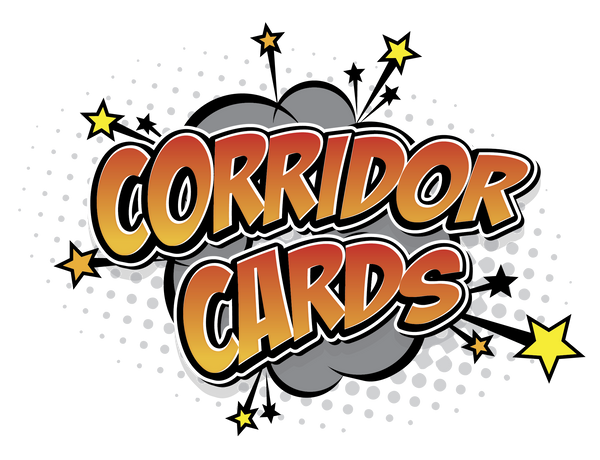How to Play the Pokémon Trading Card Game: A Beginner's Guide
Share
Welcome to the exciting world of the Pokémon Trading Card Game (TCG)! Whether you're a long-time fan of Pokémon or new to the world of trading card games, learning to play the Pokémon TCG is an adventure in itself. This guide will walk you through the basics, from setting up your deck to battling it out with your favorite Pokémon.
Understanding the Basics
The Pokémon TCG is a two-player game where each player assumes the role of a Pokémon trainer, using their Pokémon to battle their opponent's Pokémon. The main goal is to "knock out" your opponent's Pokémon by reducing their hit points (HP) to zero, allowing you to draw Prize Cards. The first player to draw all of their Prize Cards, which is typically six, wins the game!
Step 1: Building Your Deck
A standard Pokémon TCG deck has 60 cards. These cards are divided into three main types:
-
Pokémon Cards: These are the main cards you'll use to battle. They include Basic Pokémon (which can be played directly onto the field) and Evolution Pokémon (which are used to evolve Basic Pokémon, making them stronger).
-
Energy Cards: Energy cards are used to power your Pokémon's abilities or "attacks". Each attack requires a certain type and amount of energy.
-
Trainer Cards: These cards represent the various items, supporters, and stadiums a trainer can use to aid their Pokémon. They can do things like heal Pokémon, draw more cards, or disrupt the opponent.
Step 2: Setting Up the Game
To begin, each player shuffles their 60-card deck and draws an initial hand of seven cards. From these seven cards:
- Choose a Basic Pokémon to be your "Active" Pokémon and place it face down in the Active spot.
- You can also place up to five Basic Pokémon on your "Bench" (the area of play where Pokémon wait to fight).
- If you don’t have any Basic Pokémon in your initial hand, shuffle your hand back into your deck and draw a new hand of seven cards.
- Place the top six cards of your deck face down to the side as your Prize Cards.
Step 3: Playing the Game
Each turn in the Pokémon TCG follows a specific sequence:
-
Draw a Card: Draw the top card from your deck.
-
Bench Pokémon (Optional): You may place any Basic Pokémon cards from your hand onto your Bench (as long as there's space).
-
Attach an Energy Card (Optional): You can attach one Energy card from your hand to one of your Pokémon per turn.
-
Play Trainer Cards (Optional): You can play any number of Item or Stadium cards during your turn, but only one Supporter card.
-
Attack: After you’ve done everything else you want to on your turn, you can attack your opponent's Active Pokémon with your Active Pokémon. Once you attack, your turn ends.
-
Check for Knock Outs: If an attack reduces a Pokémon’s HP to zero, that Pokémon is Knocked Out. The attacking player then draws one of their Prize Cards.
Step 4: Winning the Game
You can win the Pokémon TCG in one of three ways:
- Draw all of your Prize Cards by knocking out your opponent's Pokémon.
- Knock out your opponent's last Pokémon in play.
- Your opponent has no cards to draw at the beginning of their turn.
Conclusion
Playing the Pokémon TCG is not only about strategy and skill but also about having fun and sharing a passion for Pokémon with friends and fellow trainers. As you get more familiar with the game, you'll learn to build more complex and powerful decks, and you'll discover the joy of developing strategies and combos.
Remember, the heart of the Pokémon TCG lies in the joy of playing and the community you become a part of. So, grab your deck, find a fellow trainer to battle, and embark on your journey to becoming a Pokémon TCG master!
Stay tuned to our blog for more tips, strategies, and news about the Pokémon Trading Card Game. Whether you're a beginner or a seasoned player, there's always something new to learn and explore in the world of Pokémon TCG!
